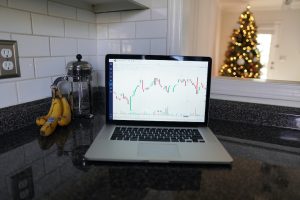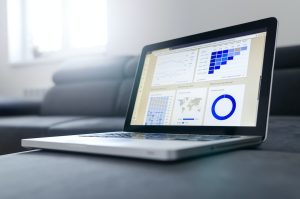The forex market is the world’s largest financial market, with trillions of dollars traded every day. Forex robots, also known as expert advisors (EA), are software programs that automatically execute trades based on pre-set criteria. These robots have become increasingly popular among traders, as they offer a way to automate their trading strategies, saving time and increasing efficiency. In this article, we will explain how to make your own forex robot.
Step 1: Define your trading strategy
Before you start building your forex robot, you need to define your trading strategy. This will include your entry and exit points, as well as your risk management rules. You should have a clear understanding of the market conditions you want to trade in, the timeframes you want to trade on, and the indicators you want to use.
Step 2: Choose a programming language
Once you have defined your trading strategy, you need to choose a programming language to build your forex robot. The most popular languages used for building forex robots are MetaQuotes Language 4 (MQL4) and MetaQuotes Language 5 (MQL5). These languages are specifically designed for trading and have a wide range of functions and libraries that are ideal for building forex robots.
Step 3: Learn the programming language
If you are new to programming, you will need to learn the programming language you have chosen. There are plenty of online resources available to help you learn programming languages, including video tutorials, online courses, and forums. It is important to gain a solid understanding of the programming language before you start building your forex robot.
Step 4: Build your forex robot
Once you have learned the programming language, you can start building your forex robot. The first step is to create a new expert advisor in your trading platform. This will provide you with a framework to build your robot. You can then start writing the code for your robot, including your trading strategy, risk management rules, and any other functions you want to include.
Step 5: Test your forex robot
Once you have built your forex robot, you need to test it to ensure it is working correctly. You can do this by using a backtesting tool, which allows you to test your robot against historical data. This will give you an idea of how your robot performs in different market conditions. You should also test your robot on a demo account to see how it performs in real-time trading conditions.
Step 6: Optimize your forex robot
After testing your forex robot, you may find that it needs some optimization. This involves tweaking your trading strategy and risk management rules to improve the performance of your robot. You can use optimization tools in your trading platform to do this.
Step 7: Deploy your forex robot
Once you are happy with the performance of your forex robot, you can deploy it on your live trading account. It is important to monitor your robot’s performance regularly to ensure it is still working correctly and making profitable trades.
In conclusion, building your own forex robot is a complex process that requires a solid understanding of programming languages and trading strategies. However, with the right tools and resources, anyone can create a successful forex robot. It is important to test and optimize your robot to ensure it is working correctly and making profitable trades. With a well-designed forex robot, you can automate your trading strategies, save time, and increase efficiency.





